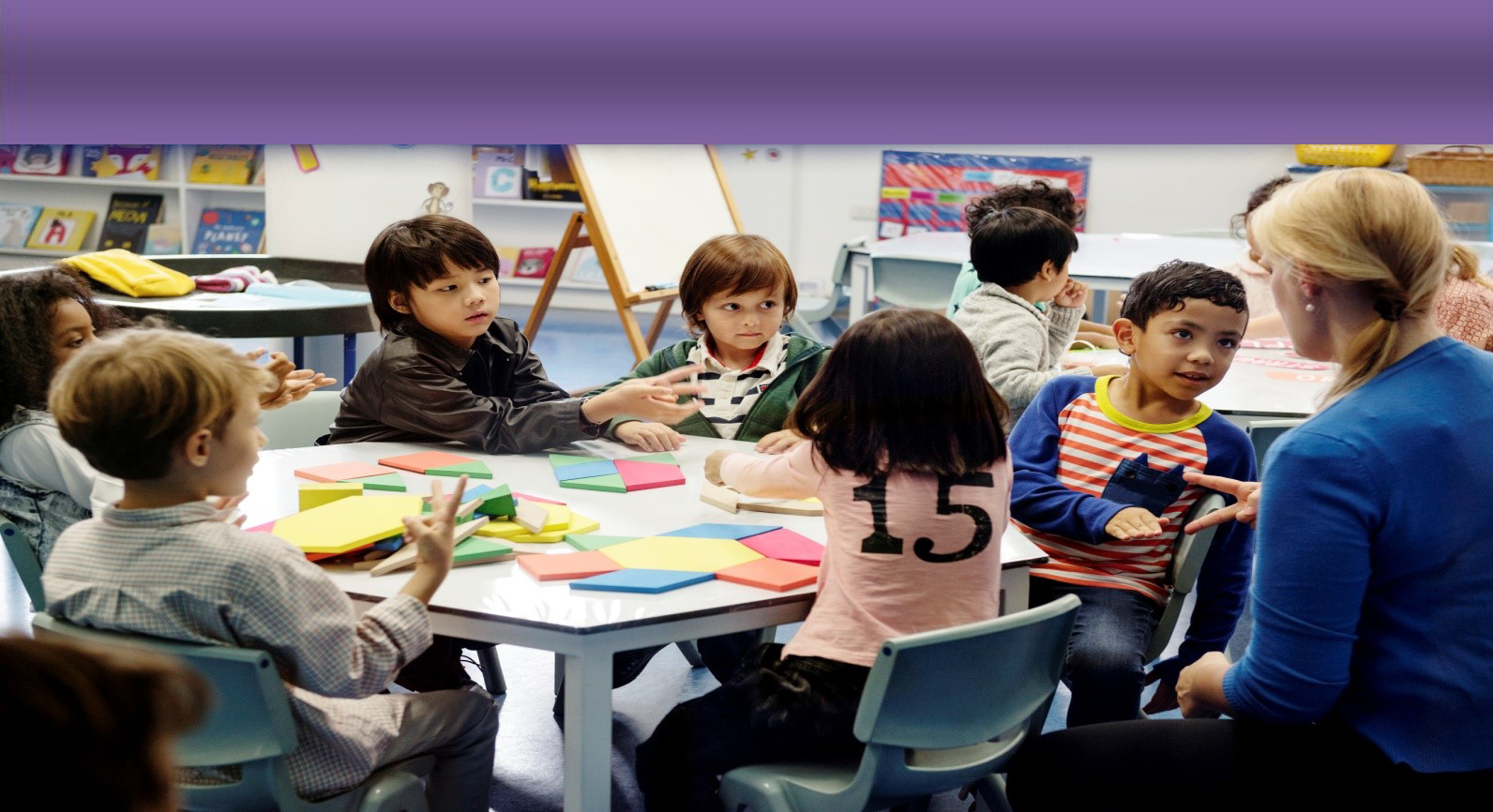
Multilingual classrooms
What is a multilingual classroom?
A multilingual classroom is a classroom with learners having more than one languages at their disposal (irrespective of level of competence), including learners from migrant backgrounds, such as first- and second-generation and newly-arrived immigrants and refugees. As a result of globalisation, intra-European mobility and international migration, such classrooms have nowadays become the norm rather than an exception in Europe.

Why is using English as a lingua franca important?
Nowadays, English is the most widely employed language in Europe and beyond and, very frequently, the only option for people who do not share their mother tongue or have another language in common. Using it is important not only for personal communication in various social domains, including the Internet, but also, for professional reasons. It is a ‘shared’ language, in other words, that opens doors for better social and professional opportunities.
How can we support multilingual classrooms?
Being able to communicate effectively in a ‘shared’ language which opens doors for better social and professional opportunities is necessary for all learners. Nowadays, English serves as the most frequent ‘shared’ language around the world. Professional development primarily for English language teachers is, therefore, crucial so that they embrace the linguistic diversity in their classrooms and raise their awareness of the importance of English in connecting learners with each other, the local communities and the whole world.
For more information about the European policy on multilingualism, linguistic diversity and multilingual classrooms, visit the European Commission webpage.







